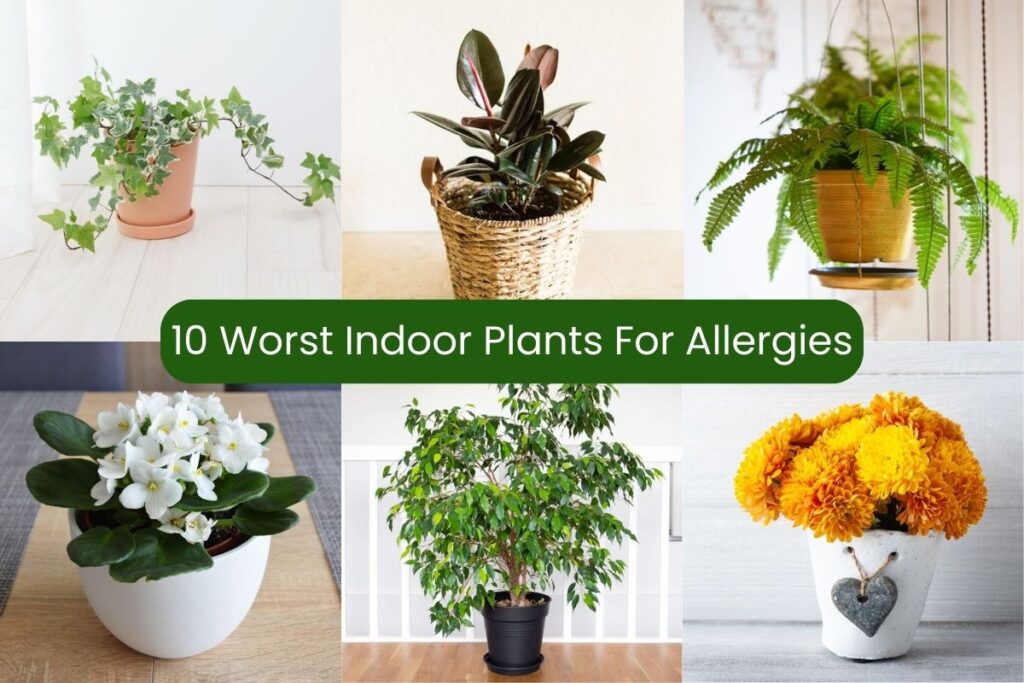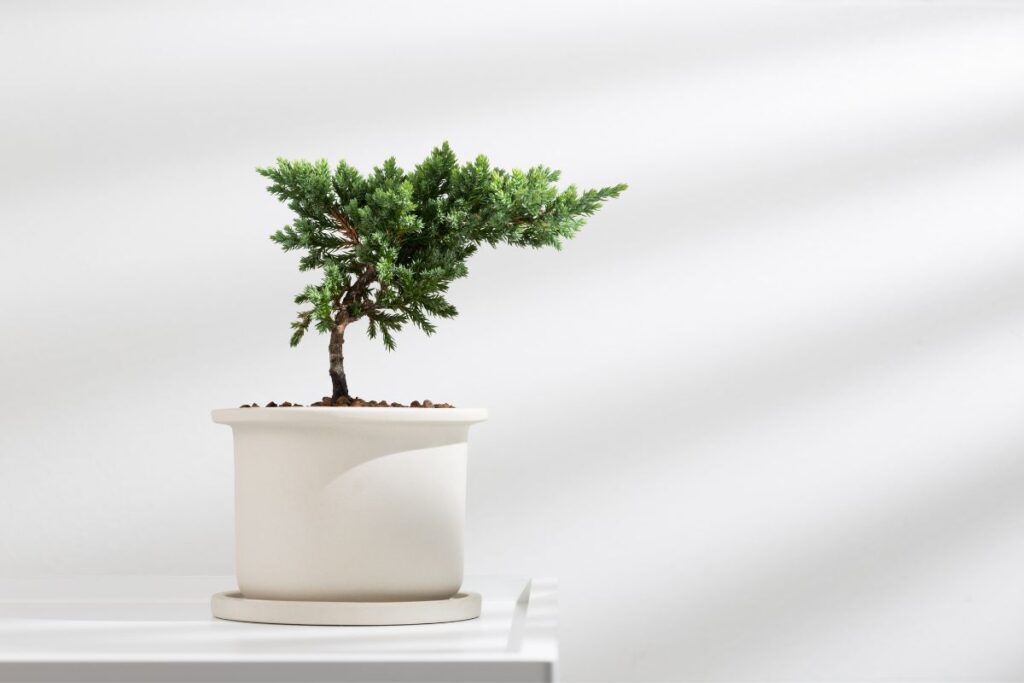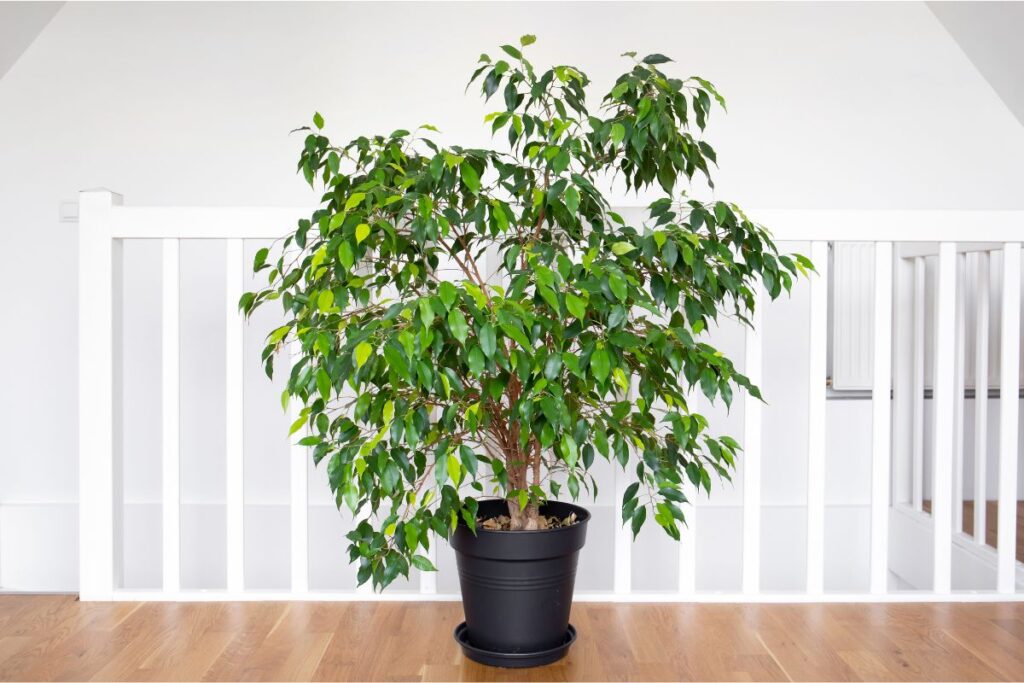Are you someone who loves the idea of bringing the outdoors inside with indoor plants? While it may seem like a great way to spruce up your home, it’s important to know that some plants can actually trigger allergies and make you feel miserable. In fact, there are certain indoor plants that are notorious for causing allergic reactions in people.
To help you stay safe and healthy, we’ve compiled a list of the 10 worst indoor plants for allergies. From ferns to chrysanthemums, these plants have been known to cause sneezing fits, itchy eyes, and even asthma attacks in some individuals. So before you fill your home with greenery, read on to learn which indoor plants you should avoid if you’re prone to allergies.

Contents
10 Worst Indoor Plants For Allergies
Ferns

Don’t be fooled by their lush greenery, ferns can wreak havoc on your allergies. While they may bring a tropical vibe to your indoor space and have been known for their air-purifying benefits, they also release spores that can trigger allergic reactions in some people.
If you insist on having ferns in your home, there are best practices for growing them indoors. It’s important to choose the right type of fern with characteristics that suit your living environment and to keep them away from drafty areas or direct sunlight. Additionally, regular cleaning of the leaves and soil can help reduce the amount of allergens released into the air. However, if you’re prone to allergies, it may be better to opt for other indoor plants that pose less risk.
Chrysanthemums

You may want to reconsider adding chrysanthemums to your indoor plant collection if you are prone to allergies. While they are beautiful with their bright colors and intricate petals, these flowers can be toxic and release a high amount of pollen. This can lead to allergic reactions such as sneezing, itchy eyes, and even asthma attacks.
Growing chrysanthemums indoors requires careful consideration of their care needs. They need plenty of sunlight and well-draining soil that is consistently moist but not waterlogged. Chrysanthemums also have a rich history in different cultures as symbols of happiness, love, and death. However, if you decide to bring them into your home, make sure to take extra precautions with their care and placement to avoid allergic reactions.
Figs

If you’re looking for a beautiful and low-maintenance addition to your indoor space, figs are a perfect choice that will bring a touch of nature and serenity right into your home. However, if you suffer from allergies, you might want to think twice before adding these plants to your collection.
Ficus plants are known to cause allergies due to their sap, which contains a range of allergenic compounds, including ficin, an enzyme that breaks down proteins. When the sap comes into contact with the skin, it can cause a rash or irritation. Inhaling the pollen or dust from the plant can also trigger allergic reactions, including sneezing, runny nose, and itchy eyes. In severe cases, exposure to ficus can cause asthma attacks or anaphylaxis, a life-threatening allergic reaction.
So while figs might seem like an attractive addition to your home decor, it’s important to weigh their potential allergy risks against their benefits before making a final decision.
Palms

Looking for a touch of tropical paradise in your home? Palms are a great option to add some greenery and relaxation to your indoor space. However, before you rush out to buy one, you may want to consider if it’s the right plant for you. While they may look beautiful, palms can actually be harmful to those with allergies. They produce pollen that can trigger allergic reactions in sensitive individuals.
Despite their potential drawbacks, there are still many benefits of palms in indoor spaces. They’re known for improving air quality by removing toxins and increasing humidity levels. Although they may not be the best choice for allergy sufferers, there are ways to minimize the impact of palm pollen on your health. For example, regularly wiping down leaves and avoiding placing them near open windows can help reduce exposure. Overall, palms are a low-maintenance indoor plant option that can bring a touch of nature into any space as long as you’re aware of how they might affect your health.
Orchids

When it comes to adding elegance and beauty to your home, nothing compares to the delicate and stunning orchids. However, if you suffer from allergies, these plants may not be the best choice for you. Orchids are known for their vibrant colors and unique shapes, but they can also be problematic for people with sensitivities.
Orchid care involves a lot of attention to detail. While some varieties require more maintenance than others, all types need proper watering and fertilization. Additionally, orchids are prone to diseases like root rot and fungal infections that can trigger allergies. Propagation is another aspect of orchid care that requires careful handling as it can release allergens into the air. Lastly, potting orchids involves using soil mixes that may contain mold or other irritants that can exacerbate allergy symptoms. As much as we love these beautiful plants, it’s important to consider our health when deciding which ones to bring into our homes.
Junipers

You may not realize it, but those beautiful juniper bushes in your yard could be contributing to your seasonal allergies. Juniper allergies are becoming more common as people bring them indoors as houseplants. Although they are easy to care for and can make a beautiful addition to your home decor, junipers release pollen into the air that can trigger allergic reactions.
If you do decide to keep an indoor juniper plant, there are some tips you should follow for proper care. Make sure it gets plenty of sunlight and is watered regularly, but be careful not to overwater as this can lead to root rot. However, if you have severe allergies or asthma, it may be best to avoid keeping any type of juniper plant inside your home.
Ivies

If you’re considering adding ivies to your home decor, be aware that some varieties can be toxic to pets and children if ingested. However, with proper care and attention, growing ivies can be a beautiful addition to any space. Here are some tips and tricks for a healthy indoor vine:
Firstly, make sure your ivy gets enough sunlight. They prefer bright but indirect light, so placing them near a window with sheer curtains or in a well-lit room is ideal. Secondly, water your ivy regularly but don’t over-water it as this may lead to root rot. A good rule of thumb is to wait until the top inch of soil is dry before watering again. Lastly, fertilize your ivy every few weeks during its growing season (usually spring and summer) to keep it healthy and strong.
Chamomile

Now that you know how ivies can trigger your allergies, it’s time to talk about another plant that may not be the best choice for allergy sufferers: chamomile.
Chamomile is a popular herb known for its calming properties and many health benefits. It’s commonly used in teas, essential oils, and skincare products. However, while chamomile has many benefits, it can also cause allergic reactions in some people. If you have a ragweed allergy, you may be particularly sensitive to chamomile because they belong to the same family of plants.
But don’t worry! Chamomile can still offer allergy relief if consumed or applied topically in small amounts. In fact, chamomile tea has been shown to help alleviate symptoms like congestion and inflammation caused by allergies. Additionally, chamomile oil can provide sinus relief when used as aromatherapy or as a chest rub. And if you struggle with sleep due to allergies keeping you up at night, chamomile tea before bed may just do the trick!
African Violets

Take a stroll through your local nursery and you may notice the vibrant purple flowers of African violets, a popular houseplant known for its delicate beauty and ease of care. However, if you suffer from allergies, African violets may not be the best choice for your indoor garden.
Despite their stunning appearance, African violets are notorious for triggering allergies due to their fine hairs that cover the leaves and stems. If you still wish to add these plants to your collection, there are some care tips that can help minimize allergens. To start with, regularly remove any old leaves or flowers that may harbor dust or mold. Additionally, keep them in ideal growing conditions such as moderate humidity levels and bright but indirect sunlight. Use the best potting soil available to prevent moisture buildup and avoid overwatering which can promote fungal growth. Lastly, watch out for common pests like spider mites or aphids which can exacerbate allergy symptoms.
Weeping Fig

You’ll love the graceful appearance of the weeping fig, a popular houseplant that adds a touch of elegance to any room. However, if you suffer from allergies, this plant may not be the best choice for you. Weeping figs can release pollen and irritants into the air, causing allergic reactions such as sneezing, itchy eyes, and skin rashes.
If you still want to add a weeping fig to your collection despite its potential negative impact on allergies, there are some care tips that may help minimize its effects. Keep your plant well-maintained by providing adequate light and watering as needed. You can also consider choosing a less toxic variety or placing your plant in an area with good ventilation. If you’re looking for alternative plants that won’t worsen your allergies, consider options like snake plants or peace lilies instead.
Conclusion
So there you have it! You may want to think twice before adding certain indoor plants to your home if you suffer from allergies. From ferns to chrysanthemums, figs to orchids, ivies to chamomile, African violets, and weeping figs, these plants can trigger your allergy symptoms and make you feel miserable.
But don’t worry – there are plenty of other indoor plants that are safe for allergy sufferers. Consider adding snake plants, peace lilies, spider plants or bamboo palms instead. With a little bit of research and careful selection, you can still enjoy the beauty and benefits of indoor greenery without sacrificing your health.
